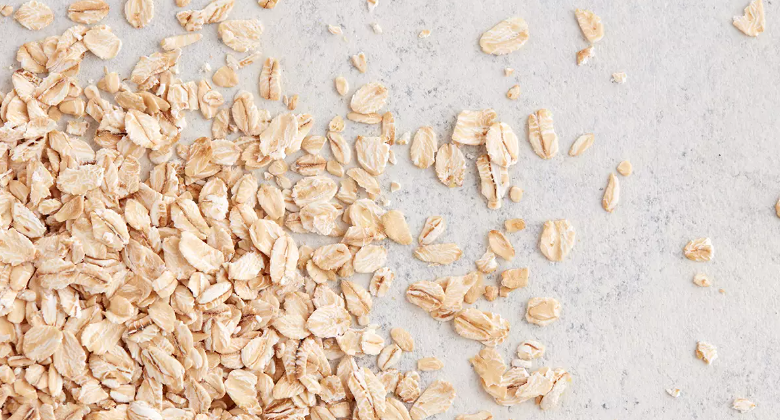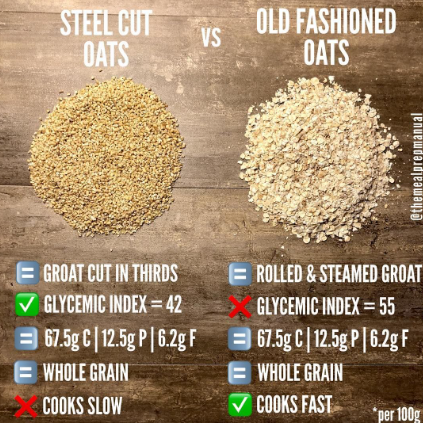Steel Cut Oats vs. Old-Fashioned Oats: Choosing the Perfect Oats for a Nutritious Breakfast
When it comes to starting your day with a nutritious breakfast, oats are an excellent choice. However, with different types of oats available, such as steel-cut oats and old-fashioned oats, it's important to understand their differences to make an informed decision. In this article, we will compare steel-cut oats and old-fashioned oats, exploring their unique characteristics, nutritional benefits, and cooking methods. Whether you're a health-conscious individual or a breakfast enthusiast, read on to discover which type of oats best suits your taste and dietary preferences.

Rolled oats
I. Steel-Cut Oats:
1. Definition and Appearance: Learn about the distinct characteristics of steel-cut oats, including their coarse texture and chewy consistency.
2. Nutritional Benefits: Explore the nutritional profile of steel-cut oats, including their high fiber content, vitamins, minerals, and their potential role in supporting heart health and aiding digestion.
3. Cooking Time and Method: Discover the cooking process for steel-cut oats, which typically requires longer cooking time compared to other oat varieties. Find tips and tricks for preparing delicious and creamy steel-cut oatmeal.
II. Old-Fashioned Oats:
1. Definition and Appearance: Understand the features of old-fashioned oats, which are flatter and more processed compared to steel-cut oats, resulting in a smoother texture when cooked.
2. Nutritional Benefits: Explore the nutritional advantages of old-fashioned oats, such as their fiber content, essential nutrients, and potential benefits for weight management and blood sugar control.
3. Cooking Time and Method: Learn about the quick and convenient cooking process for old-fashioned oats, making them a popular choice for busy individuals seeking a wholesome breakfast option.
III. Texture and Taste Comparison:
1. Texture: Compare the texture of steel-cut oats and old-fashioned oats, understanding the differences in mouthfeel and chewiness.
2. Taste: Explore the flavor profiles of both types of oats, considering their natural nuttiness and versatility in pairing with various toppings and mix-ins.
IV. Cooking Methods and Recipes:
1. Traditional Oatmeal: Discover classic recipes for both steel-cut oats and old-fashioned oats, including stovetop cooking and overnight soaking methods.
2. Baking and Cooking: Explore creative ways to incorporate oats into recipes, such as oatmeal cookies, granola bars, and savory dishes.
V. Considerations for Choosing:
1. Preference and Texture: Consider your personal preference for texture and mouthfeel when selecting between steel-cut oats and old-fashioned oats.
2. Time and Convenience: Evaluate your lifestyle and determine whether the shorter cooking time of old-fashioned oats or the heartier texture of steel-cut oats aligns better with your schedule.
3. Nutritional Needs: Assess your nutritional requirements and consider the specific benefits of each oat variety in terms of fiber, vitamins, and minerals.

Steel cut oats vs old fashioned
Steel-cut oats and old-fashioned oats are both nutritious and delicious breakfast options, each offering unique characteristics and benefits. Steel-cut oats provide a chewy texture and are rich in fiber, while old-fashioned oats offer convenience and a smoother mouthfeel. Ultimately, the choice between steel-cut oats and old-fashioned oats depends on personal preference, cooking time availability, and nutritional needs. Whichever type you choose, incorporating oats into your breakfast routine is a fantastic way to fuel your day with a wholesome and satisfying meal. Experiment with different recipes and toppings to find your perfect bowl of oats, and enjoy the nourishing benefits they provide.